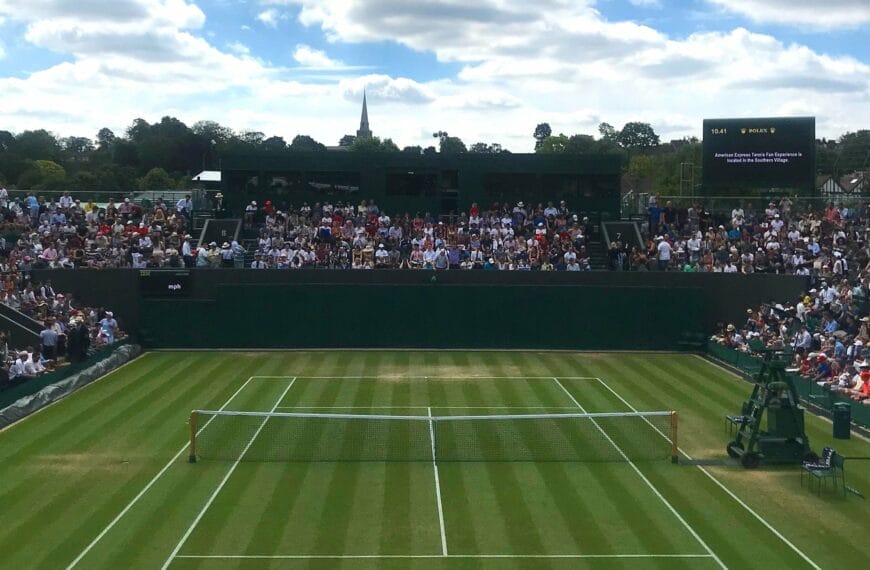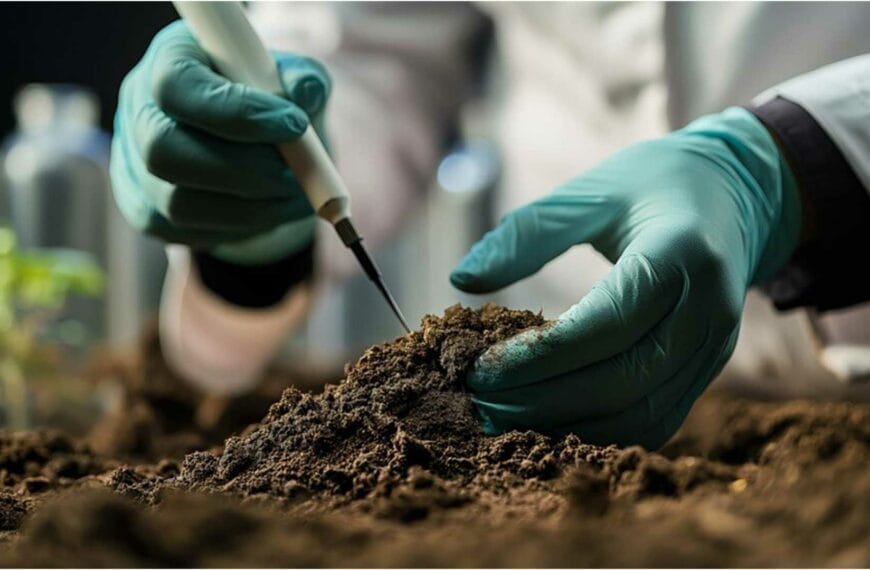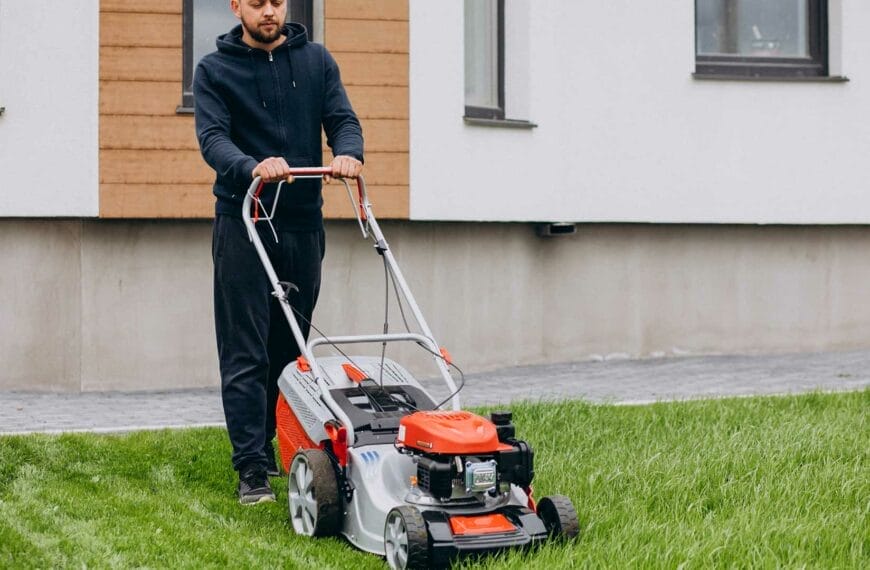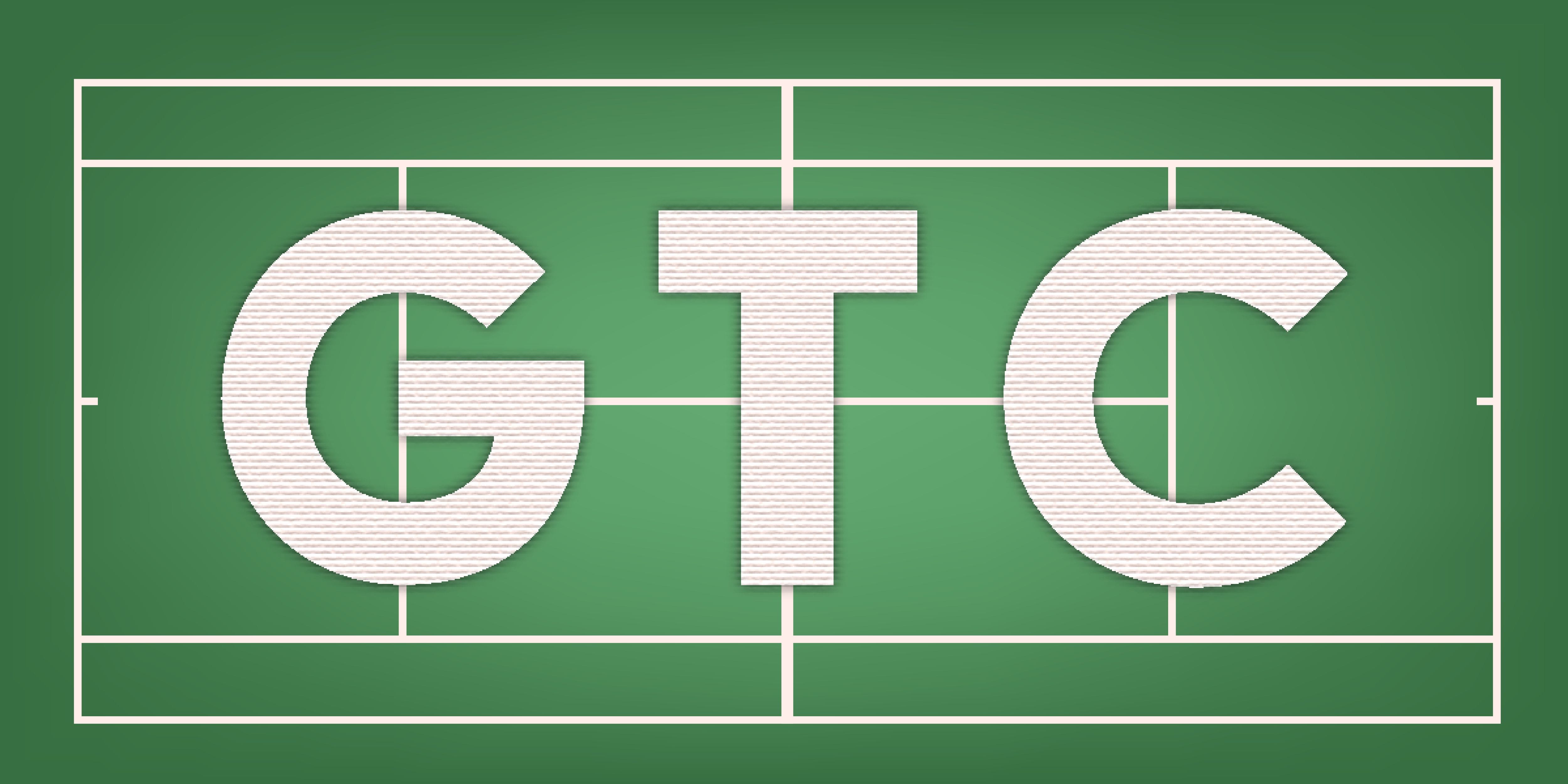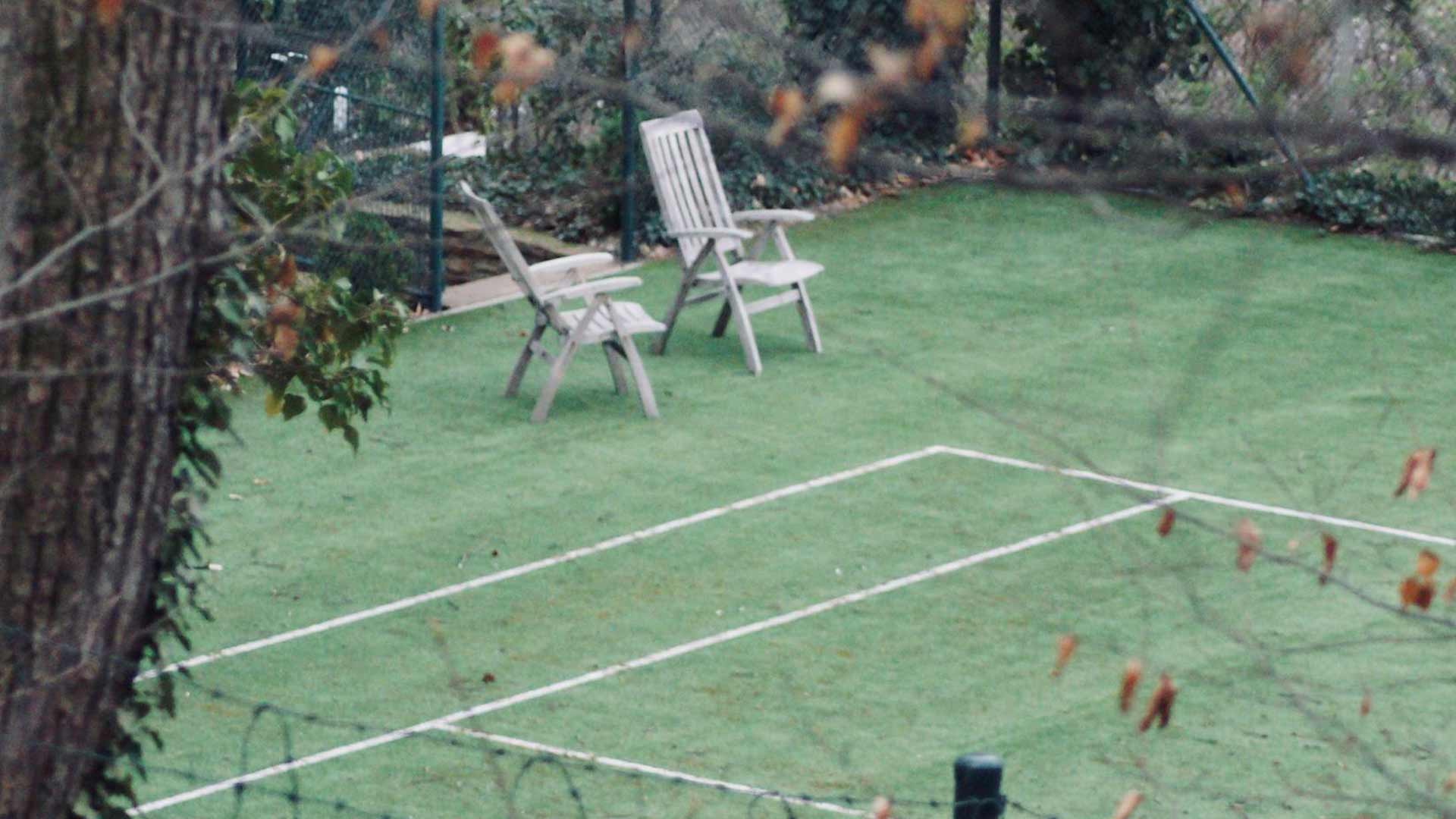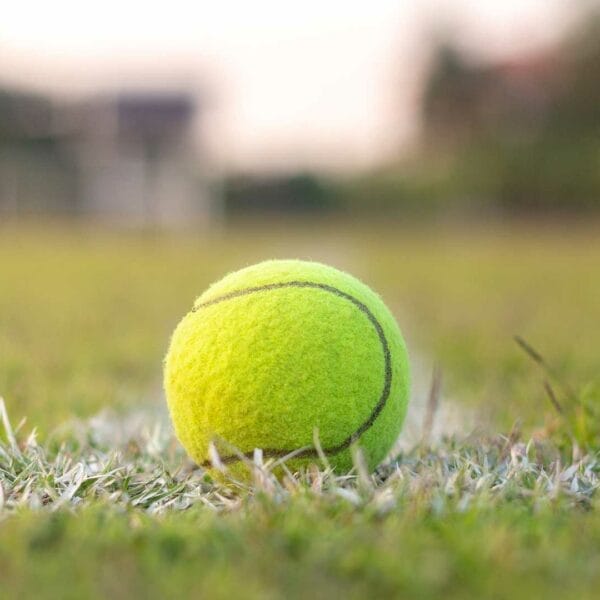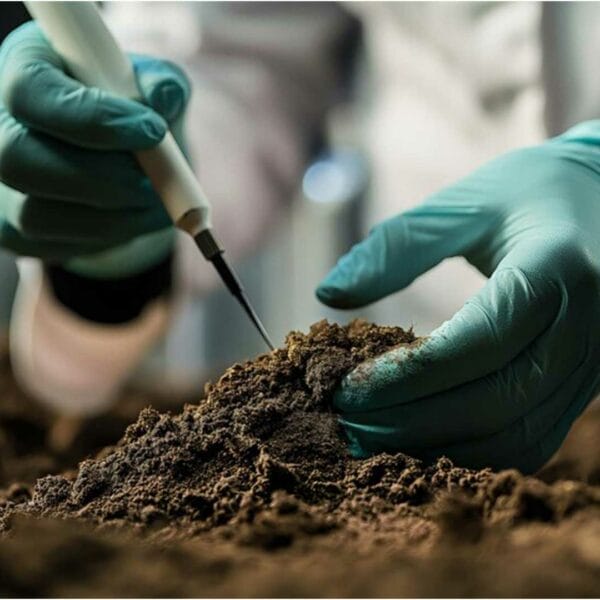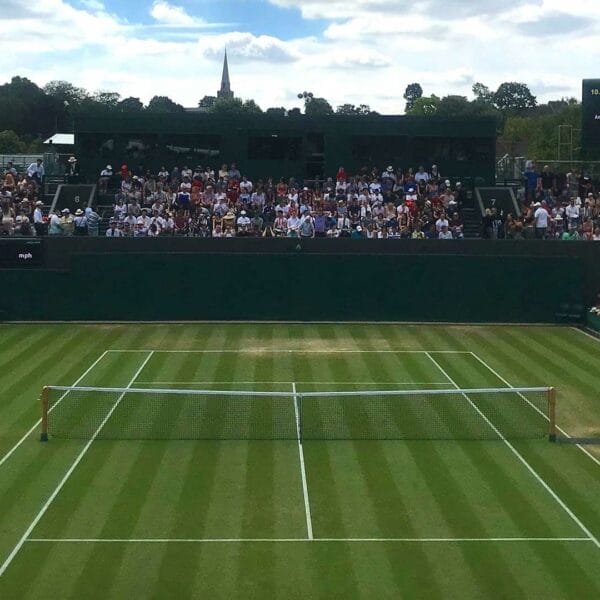No Bare Spots Here
A well-maintained grass tennis court is a sight to behold. The lush, uniform green surface is the result of tireless effort, a commitment to a standard of excellence that defines a club like ours at www.grasstennisclub.com. But on this living stage, a bare patch is the groundskeeper’s worst nightmare. It’s more than just an aesthetic flaw; it’s a sign of a compromised surface that can affect a player’s footing, the ball’s bounce, and the overall health of the court.
The abstract provides the blueprint for prevention: Bare patches can be prevented by maintaining healthy grass growth through proper mowing, fertilization, and irrigation. Avoid overuse of specific areas by rotating player positions during practice sessions. Promptly repair any damage to prevent bare patches from spreading. This is a proactive philosophy, a strategic approach that seeks to prevent problems before they ever start. It’s a way of thinking that protects our investment and ensures our members always have a world-class court to play on.
The Proactive Trio: A Foundation of Health
The most effective strategy against bare patches is to create a court so healthy and resilient that patches don’t even have a chance to form. This requires a relentless focus on three key practices: mowing, fertilization, and irrigation.
1. The Art of the Cut
Proper mowing is the single most important factor in maintaining a dense, healthy court. We’ve already discussed the importance of mowing frequency and height, but it bears repeating: a grass court should be mowed 2-3 times per week during the growing season to maintain a height of 8-12 millimeters. This practice does more than just prepare the surface for play; it fundamentally changes the way the grass grows.
- Encourages Density: Frequent mowing stimulates lateral growth, causing the grass plants to spread and fill in gaps. This creates a thick, uniform turf that leaves no room for bare spots.
- Reduces Stress: A clean cut with a sharp reel mower blade minimizes stress on the grass. A dull blade can rip and tear the grass, leaving a frayed, brown tip that is vulnerable to disease and stress, which can lead to thinning and eventual bare patches.
2. The Power of Nutrition 🥗
Just like an athlete, grass needs proper


